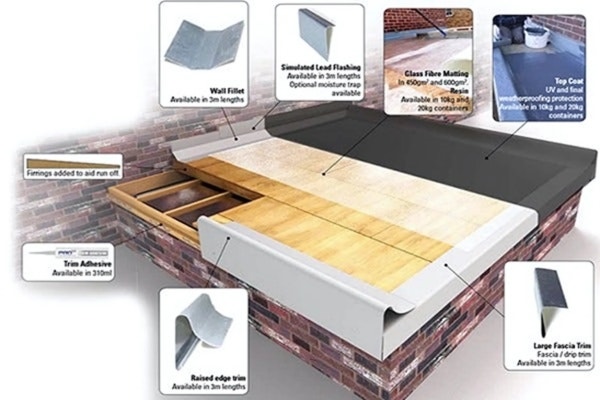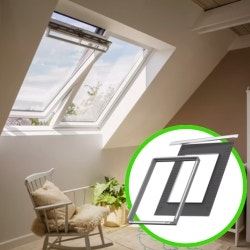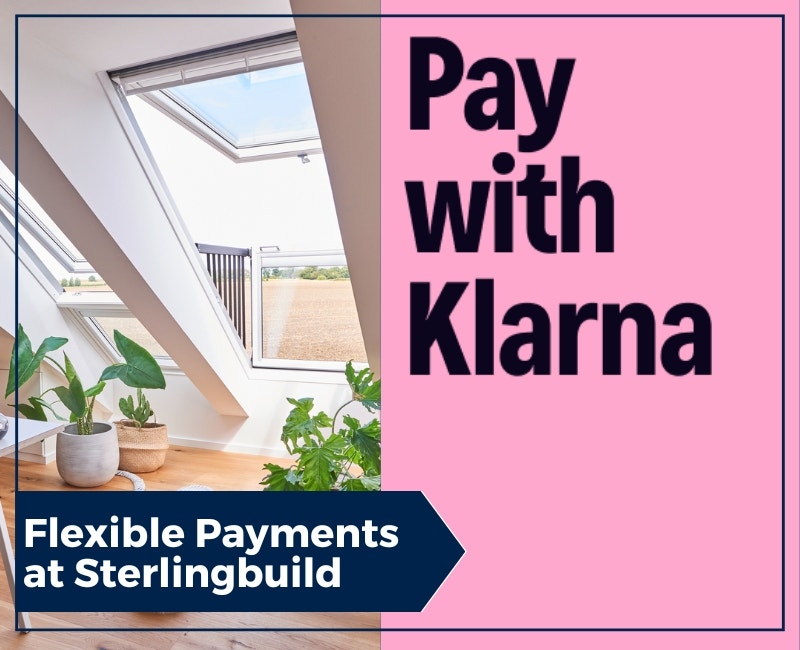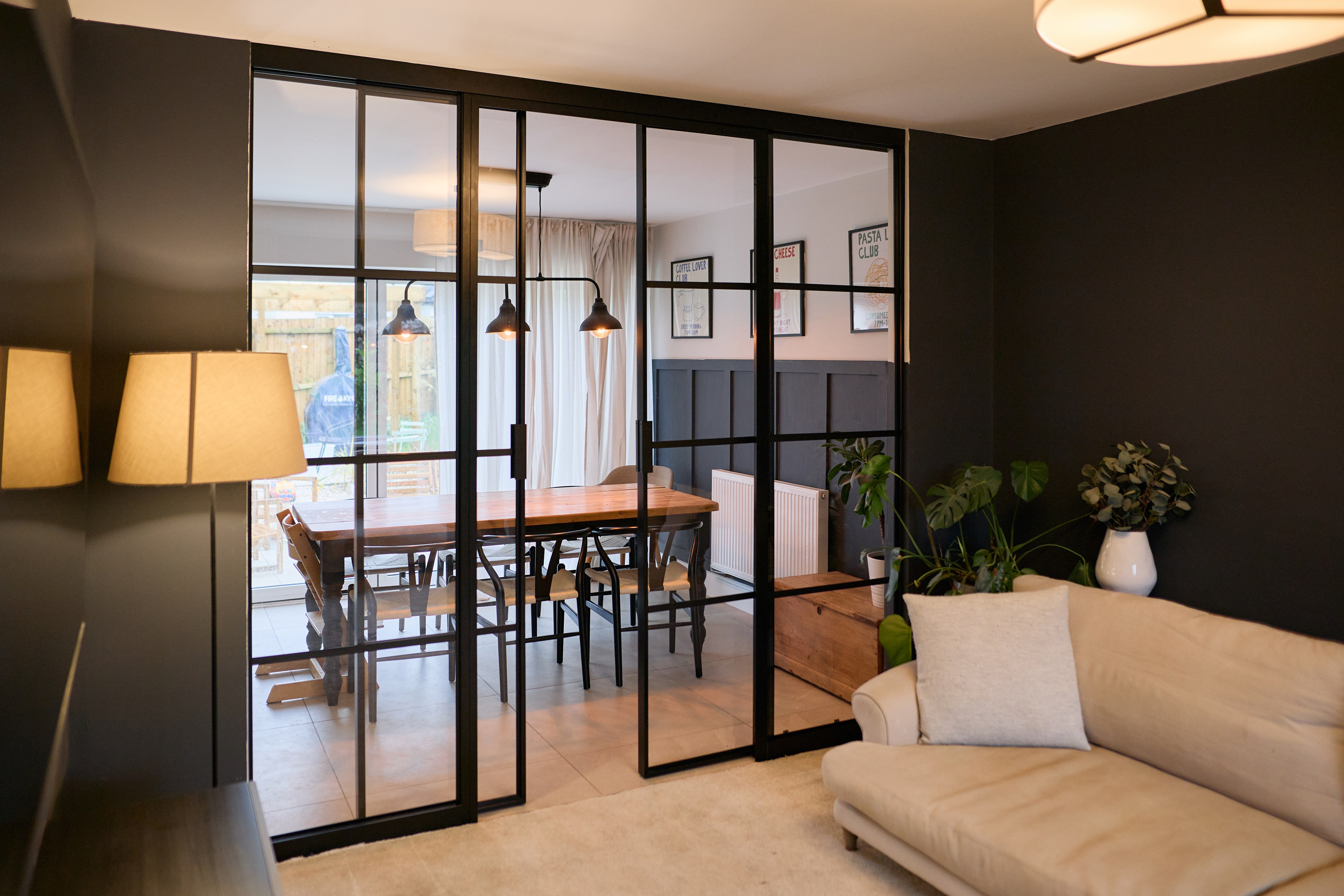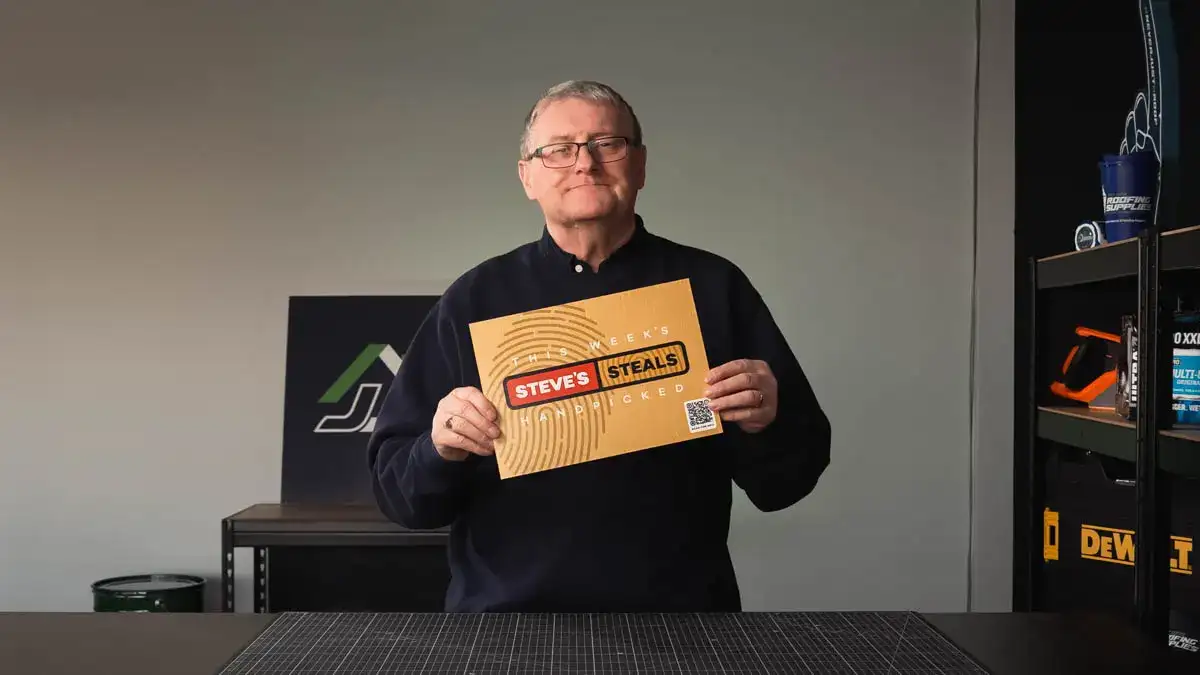Know Your Flat Roof Systems- GRP v EPDM
-
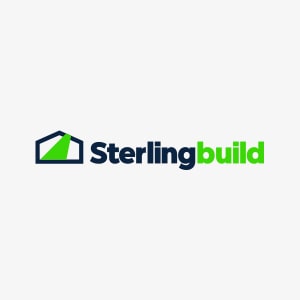 Sterlingbuild
Sterlingbuild - Advice & Guidance
- 3 Nov 2018
- 234views
- Reading time: 10 minutes
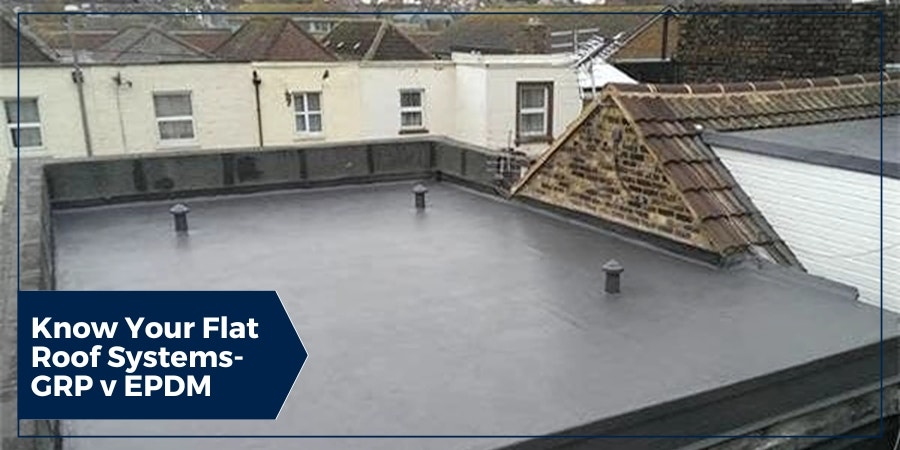
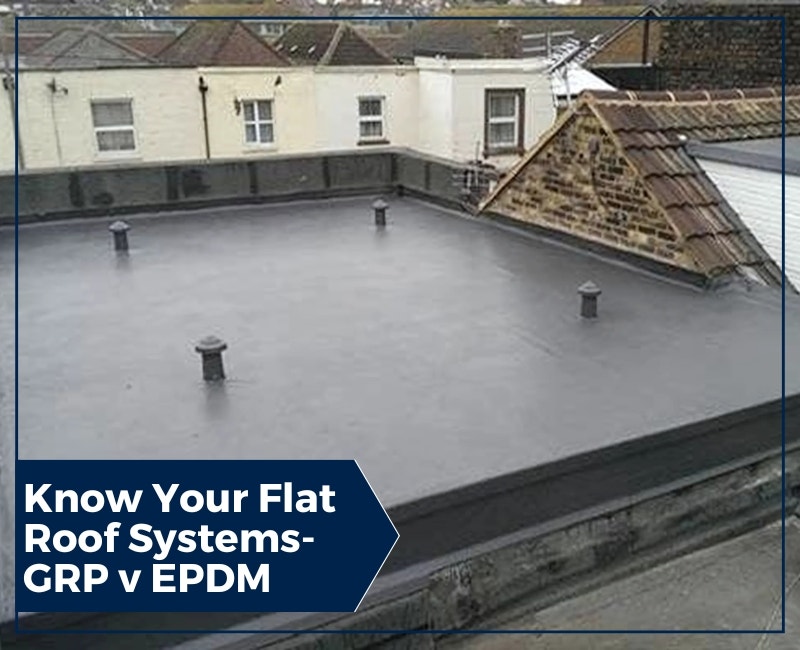
Increasingly prefered to felt by many roofers, EDPM Rubber roofing and GRP are two of the UK's most popular flat roof systems. But how do the two match up on price, installation difficulty, appearance and durability?
Ethylene Propylene Diene Monomer. It doesn’t exactly roll off the tongue does it? EPDM, as it’s thankfully better known, is however far more easily rolled onto a roof. EPDM is a single ply rubber roofing system that is popular on smaller scale roof applications, such as sheds, garages and extensions.
Along with Glass Reinforced Polyester, or GRP, its use is becoming more and more widespread on both domestic and commercial roofing projects thanks to a number of advantages. This blog will look at both the EPDM and GRP systems to help you establish which is better for the job you have in mind. But first…
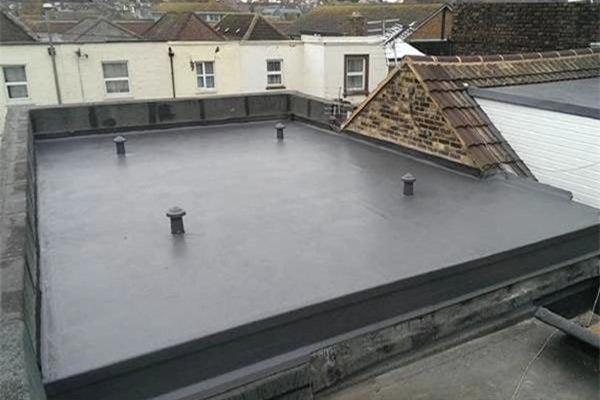

What Happened to Traditional Felt?
Nothing. It still exists and many roofers still swear by it. Torch on felt and pour and roll systems are still extremely common on rooftops worldwide, primarily due to its low price, but also familiarity and its longstanding tradition in the trade.
However, many roofers and experienced DIYers have turned away from layered felt systems and embraced seamless, longer lasting and less hazardous materials like GRP and EPDM rubber roofing.
Critics often point to the shorter lifespan of felt in comparison to EPDM and GRP, its proneness to weather damage and inefficiency to withstand footfall, especially in the summer months.
While EPDM rubber and fibreglass roofing are no by means child's play, you'll hear a lot less stories of burned thumbs and scorched toes than you do with built-up felt systems that use naked flames and devilishly hot bitumen.
How Have EPDM Roofing and GRP Roofing Changed the Game?
Although the first EPDM flat roof was installed way back in the 1960s and GRP has been around decades too, their popularity has risen sharply in recent years due to more people realising their potential having seen EPDM and GRP flat roofs laid years ago still going strong today. With both rubber roofing and a fibreglass roof, there are no naked flames involved. Installation involves only your hands and far more basic tools and equipment.
Though many people prefer to leave their flat roofing project in the hands of the professionals, the straightforward nature of an EPDM roof installation makes it far more doable for non-roofers- handy when you consider the savings this can bring.
Both systems are more than adept at handling the worst the British weather can muster and can be maneuvered around any rooflights and vents without too much difficulty.EPDM and GRP roofs can last up to half a century if installed correctly first time and properly cared for. Most warranties are unlikely to be quite so lengthy, but should still cover you for up to 25 years.
OK, so you’ve read how both rubber roofing and fibreglass roofing are safe, durable and weathertight flat roof coverings that last for years, but which one is better?
While there will never be a definitive answer to this question, by comparing the two across five priority categories, you’ll be able to decide which system is best for you and your project.
If you already know your EPDM from your GRP and are more interested in pricing and spec, visit our EPDM and GRP product pages to find all-in-one kits and individual parts. Read on to find out a bit more about both systems.
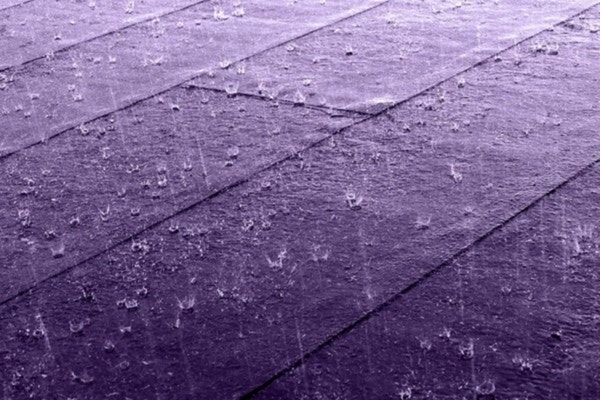

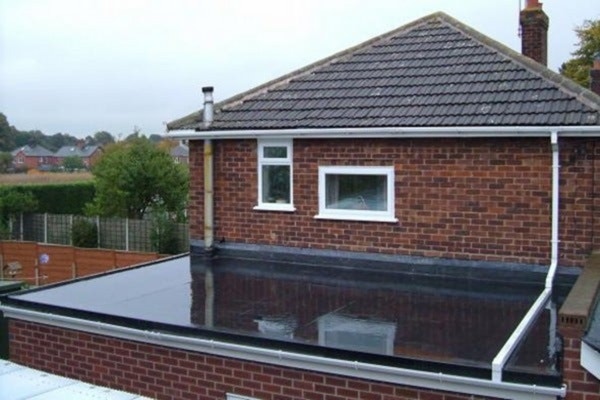

DIY Difficulty
Most roofers nowadays will be familiar with EPDM and GRP roofs and their installation. Getting a professional in will decrease the chances of any manufacturer guarantee being void as a result of a sloppy job.
Both rubber roofing and fiberglass roofing can be done DIY, but only if attention to detail and correct procedures are followed, especially when it comes to covering corners and angles and ensuring no air bubbles are missed.
EPDM is essentially one single sheet of synthetic rubber which is glued to a clean roof decking with a wet bonding adhesive and a stronger contact adhesive around the perimeters. Trims are then fitted around the edges to waterproof the roof and enhance aesthetics.
GRP installation involves two layers of catalysed resin sandwiching a layer of fiberglass to form a GRP laminate. A top coat resin is then applied to weatherproof the surface and give it a more attractive finish. GRP should ideally be installed by a pro, although be wary than EPDM systems designed with the DIYer in mind can sometimes be of an inferior quality.
Winner- EPDM: Price
Due to the higher cost of the materials involved, GRP is the more expensive option out of the two. However, when you consider the attractive finish and durability of a GRP roof, in most cases it's money well spent.
GRP roofs are less prone to damage than felt roofs and EPDM roofs too. This means that over the years, the chances of repairs are lessened and in turn more money will be saved. This kind of peace of mind is hard to put a price on.
EPDM is the more affordable option out of the two and has an average price similar to that of a felt roof system. EPDM is also extremely durable and more flexible than GRP when it comes to a building’s expansion and contraction, meaning cracks are unlikely.
The recycled materials used in making EPDM make it an extremely affordable flat roofing system and arguable the most economically viable. As explained in the previous section, DIY is also a real possibility- saving users even more money.
At Sterlingbuild, both our GRP and EPDM roofing kits are guaranteed to be the best price you’ll find online thanks to our Price Match Guarantee.
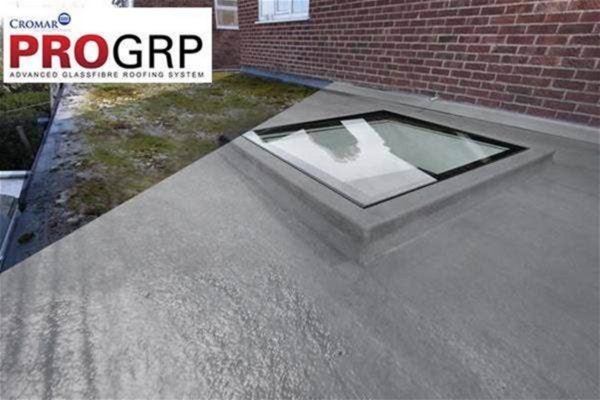

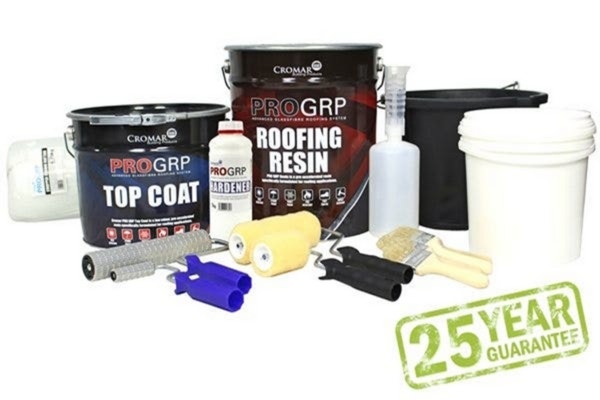

Winner- EPDM: Weather Resistance
Both EPDM and GRP flat roofs hold up very well in most weather conditions. As both systems have no or very few seams, water leaks are very rare.
The fact that GRP is used on boat hulls should be all the evidence you need in regards to how watertight it is. Installing roof trims and edge trims will ensure both types of roof are even more waterproof.
In regards to adapting to thermal expansion and contraction, EPDM is the better option, with Firestone EPDM able to elongate by over 300% and return to its original form. This is why EPDM is the better option between the two for larger roofs. EPDM is not easily affected by the sun and is resistant to blistering, cracking and rotting. The same can be said for GRP, which is the least likely to develop moss and extremely resistant to UV damage.
Draw: Durability
Both a GRP roof and a roof laid with rubber membrane are durable options that do not scratch or scuff easily. The average lifespan of both is normally put at 25 years, although its widely believed this can be doubled if properly upkept. If damage does occur, patch repairs are relatively straightforward for both systems and will not alter the original appearance of the roof much.
GRP is the tougher system of the two and is unlikely to crack from impacts such as dropped tools and falling debris. GRP is fire retardant and can cope with footfall, making it a suitable roof covering for a terrace. An anti-slip coating can be applied to reduce slipperiness.
EPDM could be best described as durable but not indestructible. It can puncture if mistreated, but the same can be said for any flat roofing material if abused.


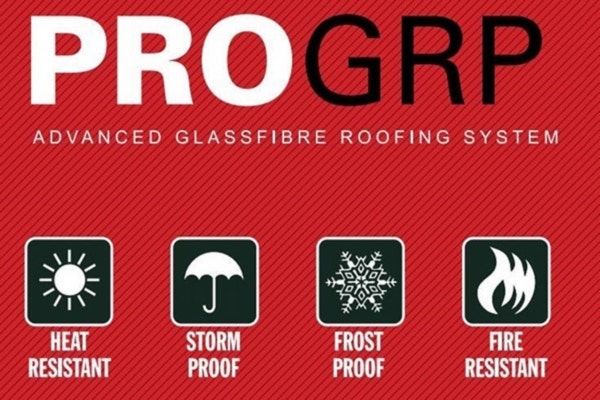

Winner- GRP: Appearance
As long as both systems are installed correctly at the first time of asking the finished look should be smooth, professional and clean. Retaining this appearance is not hard, as both can be kept spic and span with a simple mop and some water.
Some people do not like the rubber appearance of an EPDM roof, alhough this shouldn’t matter as much if laid on a small garage or shed roof. EPDM can also be ballasted with stone for those not keen on its natural look.
You’re unlikely to hear any such complaints of a finished fiberglass roof, with its visual appeal one of the biggest attractions for roofers and homeowners.
Sterlingbuild’s EPDM and GRP come in a dark grey finish that blends in nicely with the exterior finish of the majority of our flat roof windows, perfect if your building a home extension and wanting to add natural daylight.
Winner- GRP: Conclusion
EPDM comes out on top in price and ease of installation and GRP wins the day on appearance and durability, while the two were inseperable on weather resistance. As explained earlier on, the right flat roofing material all depends on what your priorities are and what your budget can allow.
You'll also need to bear in mind labour costs, how big your roof is and what the weather is like in your area. If you're concerned about any of these questions or need further guidance on installation or costs, give our experts a call. We're more than happy to help.
